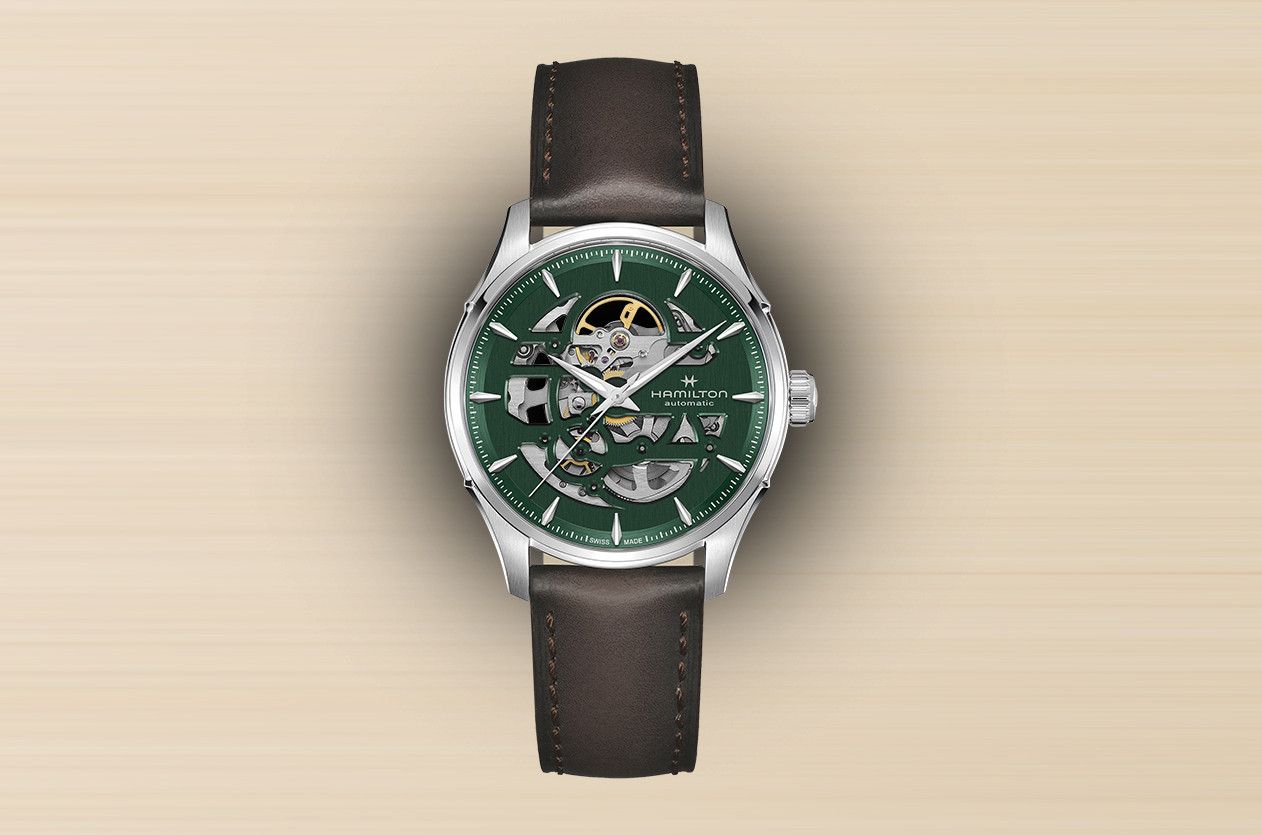
Introducing Hamilton Unveils the Jazzmaster Skeleton 40mm in Empire Green
Welcome to the hub of the horoloy
A glimpse of the most popular dial finishes and coating in horology
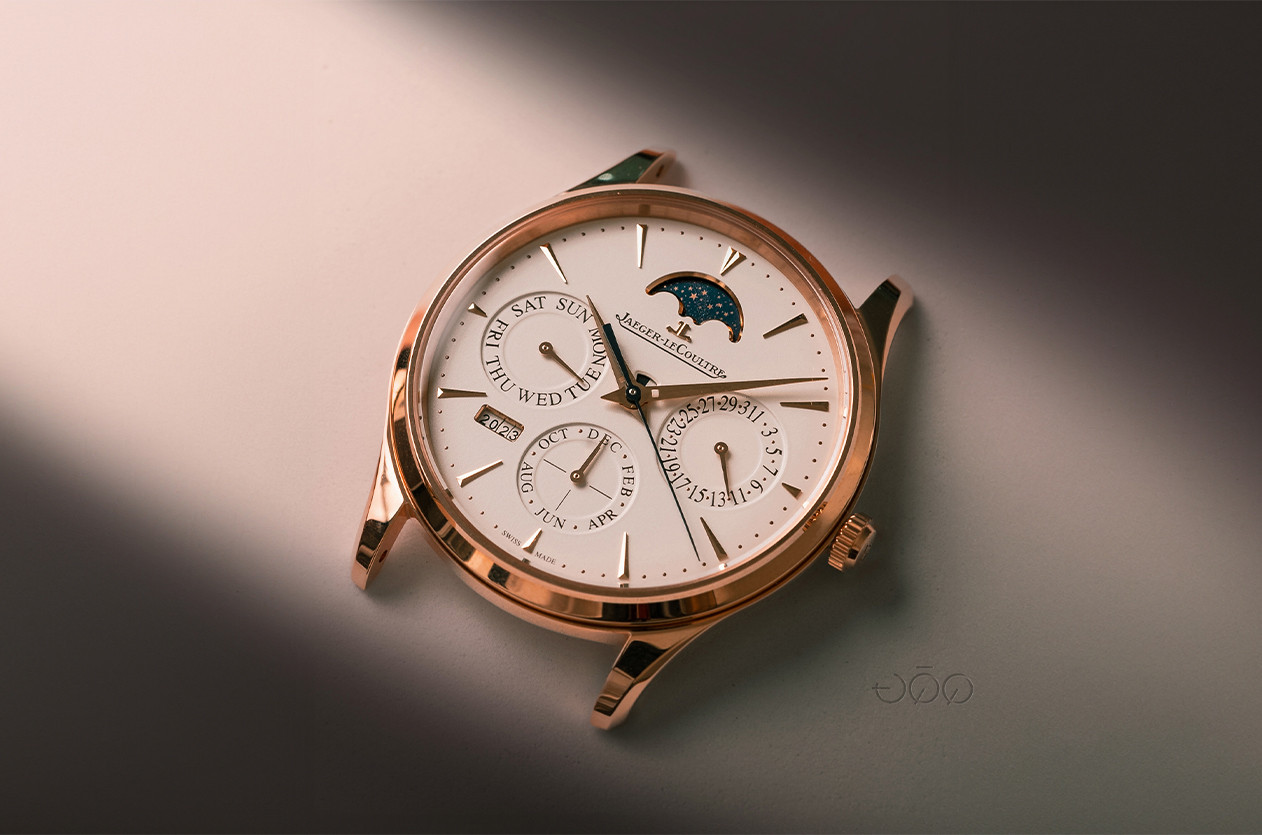
When you think about what first catches your eye in a watch, it’s always the dial. It’s the element that draws you in, sets the tone, and gives the watch its unique personality. The dial isn’t just the face of the watch, as it tells a story that sparks curiosity and often leads to meaningful conversations. Whether it’s a compliment from a stranger or a chat with a fellow watch enthusiast, the dial can be the starting point for sharing why you chose that watch.
But why does the dial matter so much? Beyond its role in telling time, it’s a showcase of craftsmanship. Every detail, even the ones invisible at first glance, reflects the expertise of the watchmaker and the character of the brand.
In this article, we’ll explore some of the best dial finishes. From traditional techniques that have stood the test of time to modern innovations that push the boundaries of design, you’ll discover what goes into creating these stunning works of art and why they continue to captivate collectors and enthusiasts alike.
 One of the most renowned techniques is guilloché, which has existed since the 18th century and has been passed down through generations. Guilloché aims to create intricate patterns, such as waves and ripples, by mechanically engraving a precise, intricate, and repetitive design into an underlying material using engine turning. This process employs machines like the rose engine and the straight-line engine.
One of the most renowned techniques is guilloché, which has existed since the 18th century and has been passed down through generations. Guilloché aims to create intricate patterns, such as waves and ripples, by mechanically engraving a precise, intricate, and repetitive design into an underlying material using engine turning. This process employs machines like the rose engine and the straight-line engine.
 A Rose Engine is utilized to carve intricate patterns onto a brass dial blank, whereas a Straight Line Engine is employed to produce the linear designs frequently seen on the subdial or around the outer edge of the dial. Guilloché can produce an array of patterns, including Clous de Paris, Wave pattern, and many more.
A Rose Engine is utilized to carve intricate patterns onto a brass dial blank, whereas a Straight Line Engine is employed to produce the linear designs frequently seen on the subdial or around the outer edge of the dial. Guilloché can produce an array of patterns, including Clous de Paris, Wave pattern, and many more.
 One of the most popular types of coatings is lacquer, which is used to decorate certain components of a watch, especially the dial. The dial is sprayed with several layers of colored lacquer, either by machine or by hand. Applying multiple layers of lacquer enhances the depth and intensity of the dial's color, which can be polished to give it a beautiful shine or left with a matte finish for a unique appearance. This process is lengthy and expensive due to the precision and time required. Lacquered dials are highly sought after for their vibrant colors and their distinctiveness from other watches.
One of the most popular types of coatings is lacquer, which is used to decorate certain components of a watch, especially the dial. The dial is sprayed with several layers of colored lacquer, either by machine or by hand. Applying multiple layers of lacquer enhances the depth and intensity of the dial's color, which can be polished to give it a beautiful shine or left with a matte finish for a unique appearance. This process is lengthy and expensive due to the precision and time required. Lacquered dials are highly sought after for their vibrant colors and their distinctiveness from other watches.
 Enamel is a special type of artistic finishing that involves applying a glassy coating made from powdered glass mixed with special liquids. This ancient technique, which originated between the 13th and 11th centuries, takes years to master. The specific temperatures needed to fire the glass powders correctly, without melting the layers underneath, are required for the most complex enamel styles. Enamel is used to create dial designs that resist fading and maintain their vibrant colors for centuries.
Enamel is a special type of artistic finishing that involves applying a glassy coating made from powdered glass mixed with special liquids. This ancient technique, which originated between the 13th and 11th centuries, takes years to master. The specific temperatures needed to fire the glass powders correctly, without melting the layers underneath, are required for the most complex enamel styles. Enamel is used to create dial designs that resist fading and maintain their vibrant colors for centuries.
 |  |
They are often found in expensive luxury watches due to the time-consuming and delicate process that requires a high degree of skill. Several types of enamel are used in watchmaking, including cloisonné, champlevé, and grand feu, each with unique characteristics and methods of application.
 Graining is a widely used finishing technique, commonly applied to the internal movement, and of course the dial. This process involves delicately scratching or etching the metal surface, either by machine or by hand. The result is a finish that resembles the texture of barley grains or tiny, circular patterns, very similar to frosting. The purpose of adding this intricate grain pattern is to enhance the visual appeal of the dial by introducing a subtle texture that captures light, adding depth and complexity to the overall design.
Graining is a widely used finishing technique, commonly applied to the internal movement, and of course the dial. This process involves delicately scratching or etching the metal surface, either by machine or by hand. The result is a finish that resembles the texture of barley grains or tiny, circular patterns, very similar to frosting. The purpose of adding this intricate grain pattern is to enhance the visual appeal of the dial by introducing a subtle texture that captures light, adding depth and complexity to the overall design.
 A sunburst dial is a type of watch dial characterized by ultra-thin lines radiating outward from the center. This design mimics the way sunlight emanates from the sun, hence its name "sunburst." The pattern is achieved through a manufacturing process that involves brushing the dial surface to create light-catching effects. When light strikes the dial from various angles, it can shimmer or change appearance, enhancing the watch's visual allure.
A sunburst dial is a type of watch dial characterized by ultra-thin lines radiating outward from the center. This design mimics the way sunlight emanates from the sun, hence its name "sunburst." The pattern is achieved through a manufacturing process that involves brushing the dial surface to create light-catching effects. When light strikes the dial from various angles, it can shimmer or change appearance, enhancing the watch's visual allure.
 This technique is popular in watchmaking for its ability to add depth and dynamism to the dial, making it highly desirable among enthusiasts. The pattern is typically achieved through a machining process that includes spinning and brushing the dial surface.
This technique is popular in watchmaking for its ability to add depth and dynamism to the dial, making it highly desirable among enthusiasts. The pattern is typically achieved through a machining process that includes spinning and brushing the dial surface.
 Tapisserie dials are technically a form of guilloché, closely resembling Clous de Paris. They are produced using a brocading machine, which preserves a handcrafted element while allowing for higher production rates compared to the fully manual methods employed by artisans. Unlike traditional rose engine lathes, a brocading machine is motorized, enabling it to carve dial patterns more autonomously, while a rose engine relies solely on human skill for its cuts.
Tapisserie dials are technically a form of guilloché, closely resembling Clous de Paris. They are produced using a brocading machine, which preserves a handcrafted element while allowing for higher production rates compared to the fully manual methods employed by artisans. Unlike traditional rose engine lathes, a brocading machine is motorized, enabling it to carve dial patterns more autonomously, while a rose engine relies solely on human skill for its cuts.
 With that being said, no matter what your preference leans toward, finishing is a meticulous craft that demands exceptional skill and expertise from artisans. Each finished piece represents not just a component of a timepiece, but a canvas where craftsmanship and artistry converge to create the unique beauty admired in every watch.
With that being said, no matter what your preference leans toward, finishing is a meticulous craft that demands exceptional skill and expertise from artisans. Each finished piece represents not just a component of a timepiece, but a canvas where craftsmanship and artistry converge to create the unique beauty admired in every watch.
Each technique offers a distinct aesthetic, enhancing the component's ability to capture light, reflect the watch's character, and tell a story through its design. As the watchmaking world continues to evolve, these finishing methods remain a testament to the craftsmanship and innovation that define some of the best timepieces.
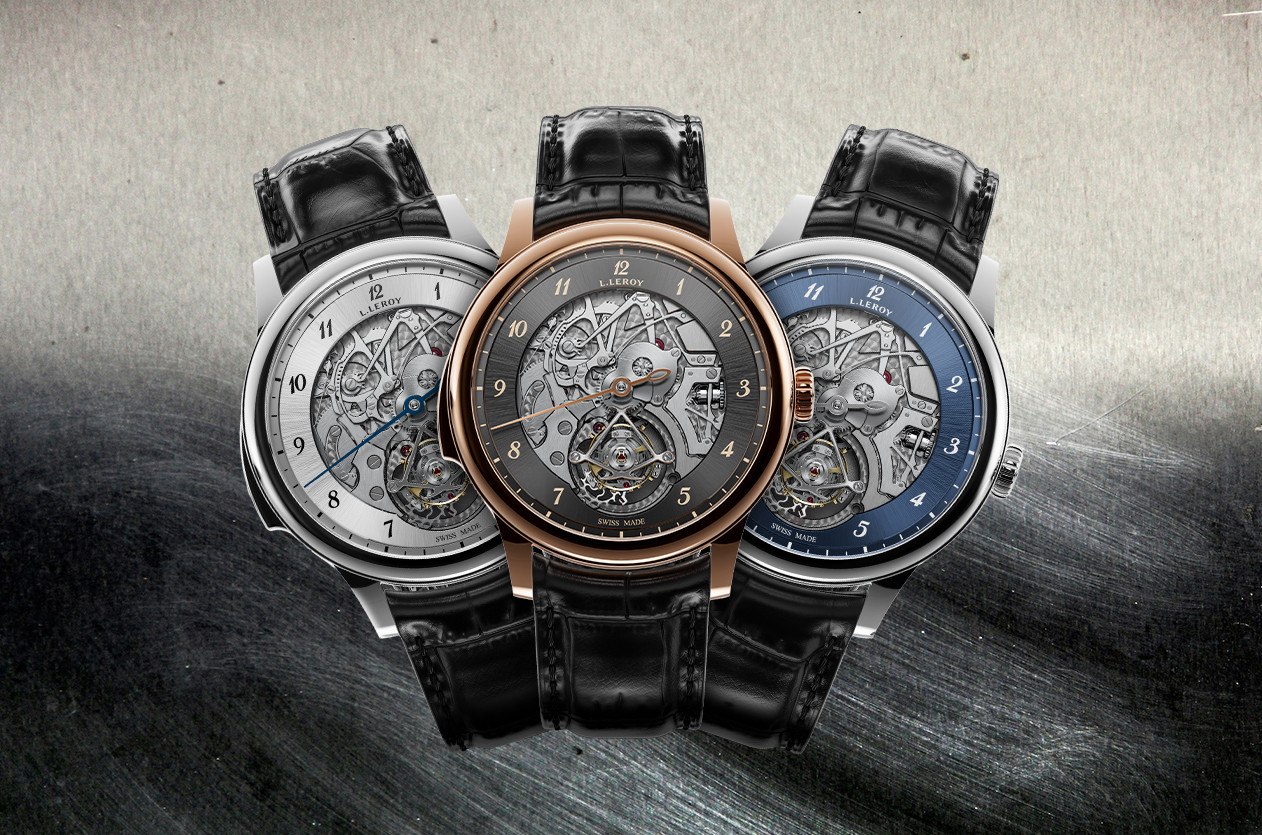
Introducing L.Leroy Unveils the Osmior “Bal du Temps”
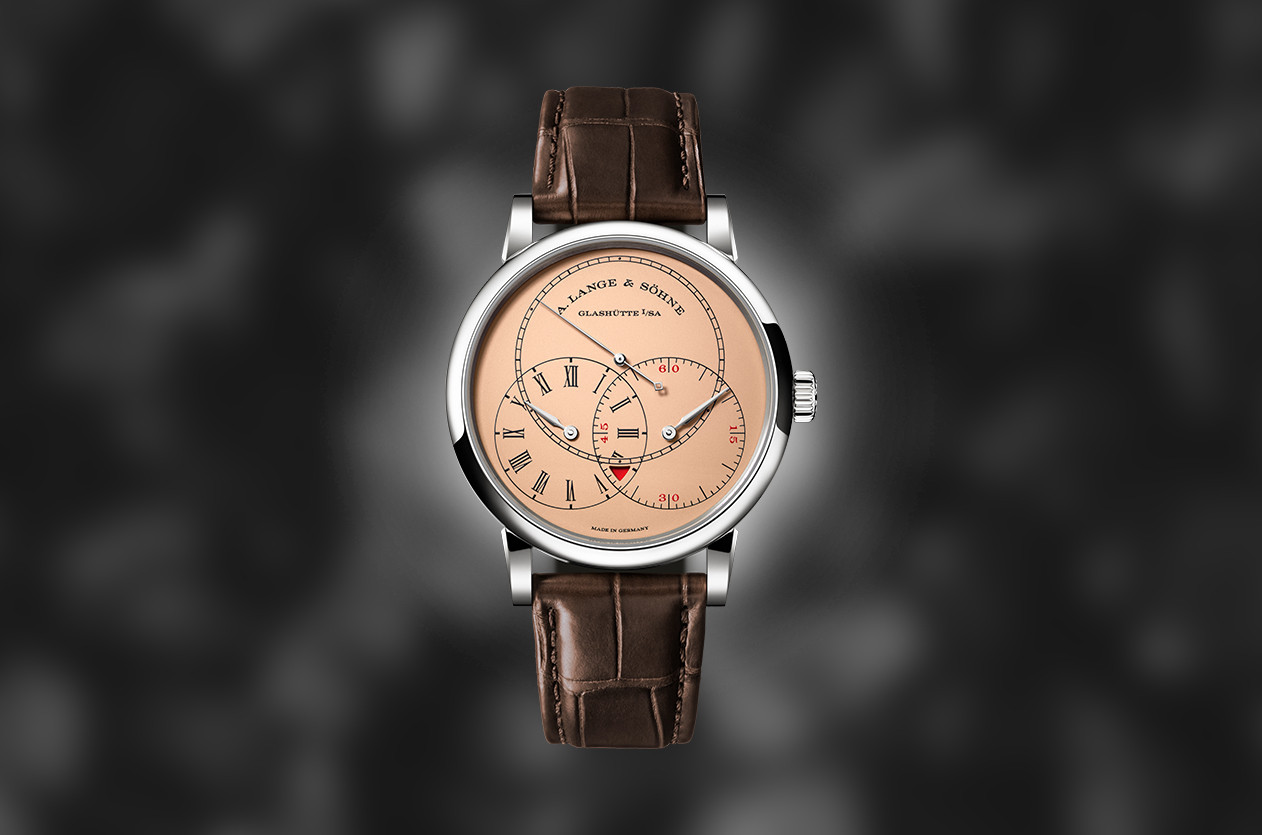
Introducing The New A. Lange & Söhne Richard Lange Jumping Seconds
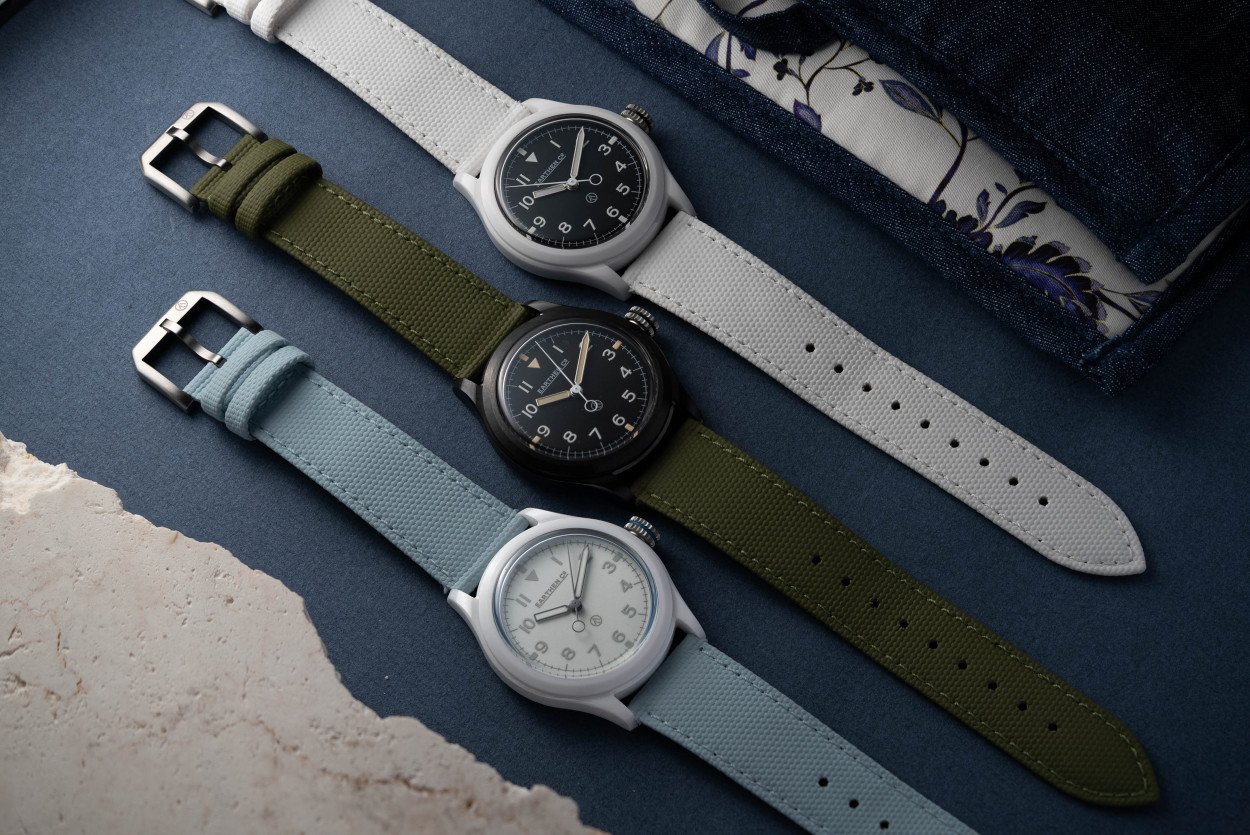
Hands on The Summit Collection: A Strong First Step for New Brand Earthen
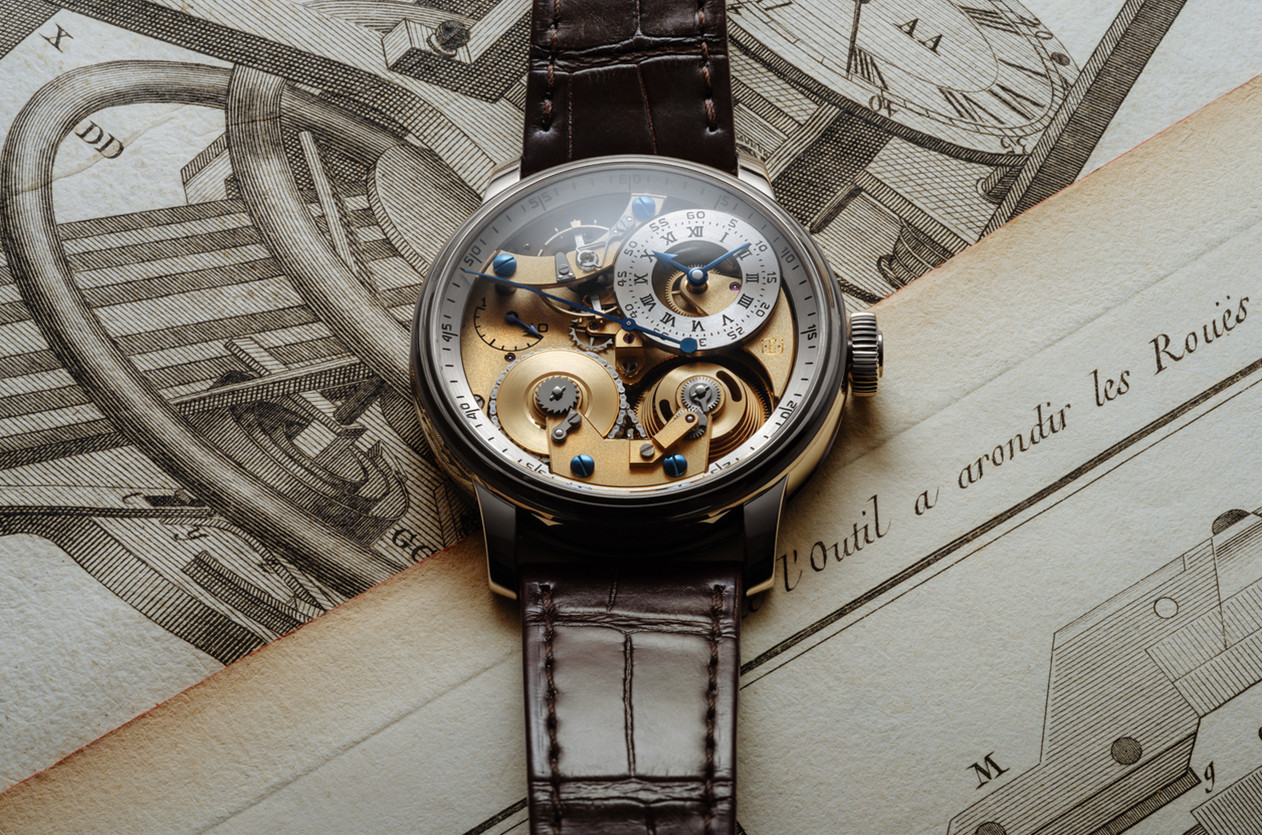
Introducing Naissance d’une Montre 3, Ferdinand Berthoud’s Masterpiece for the Tenth Anniversary

News Trump Hits Swiss Imports With 39% Tariffs
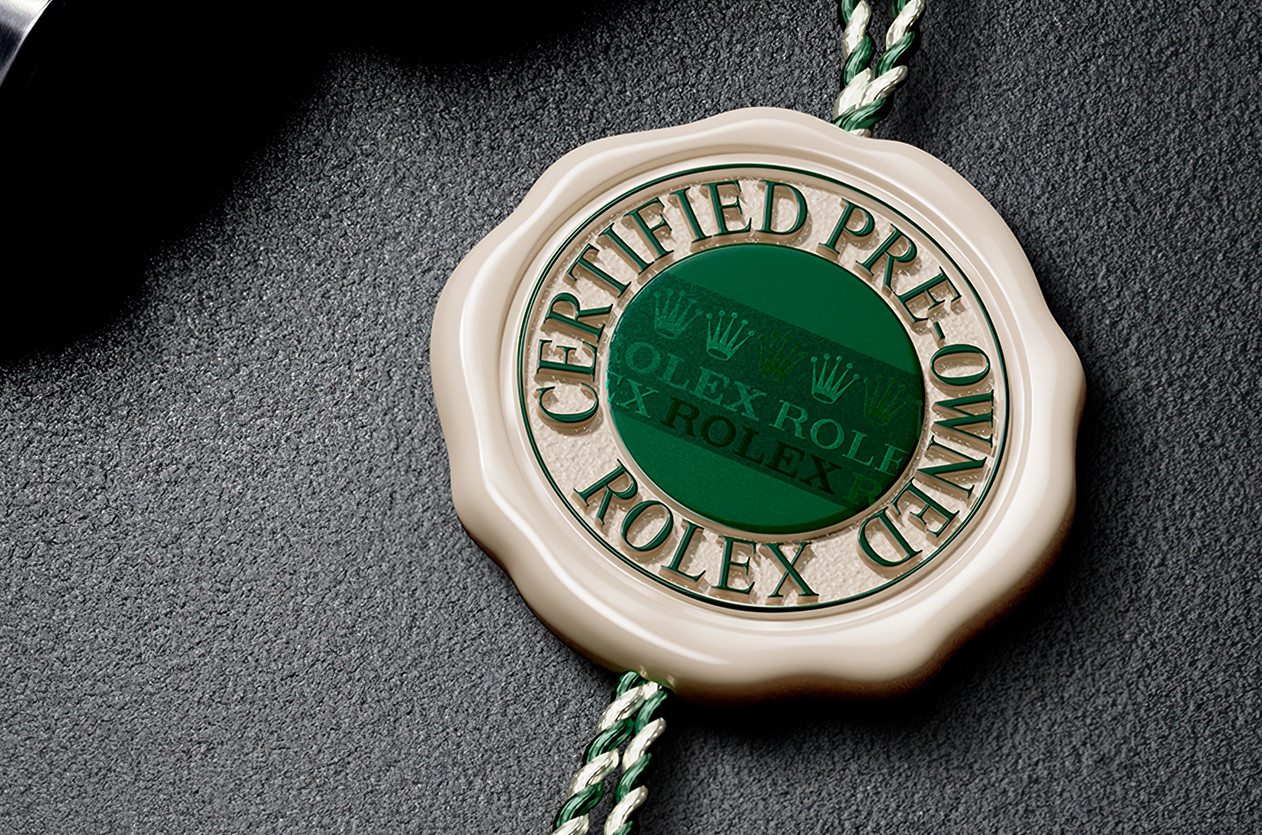
Editorial What is the reason behind the scarcity of Rolex watches in boutiques?

News Dubai Watch Week 2025 Will Be the Largest Ever with 90 Brands Participating
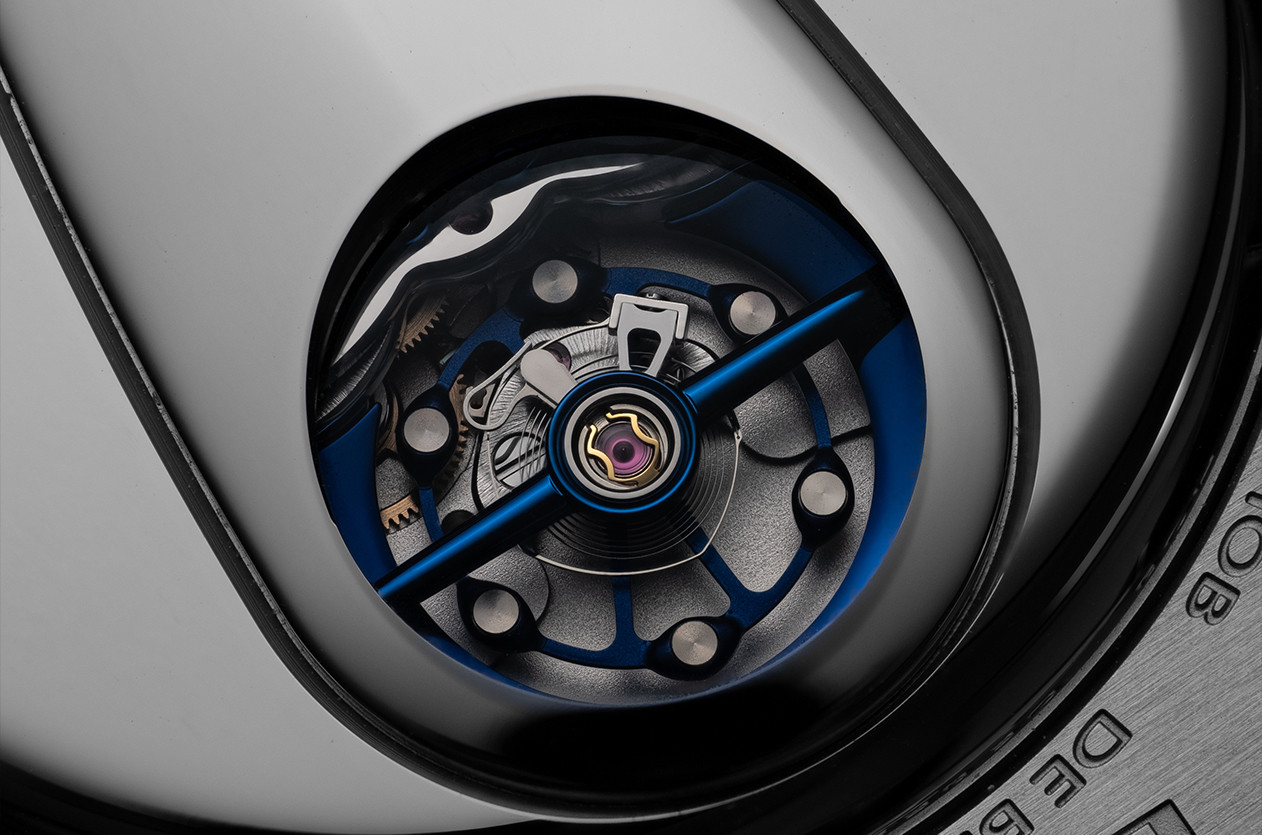
Technical The Frequency, Why It Matters in Mechanical Watches
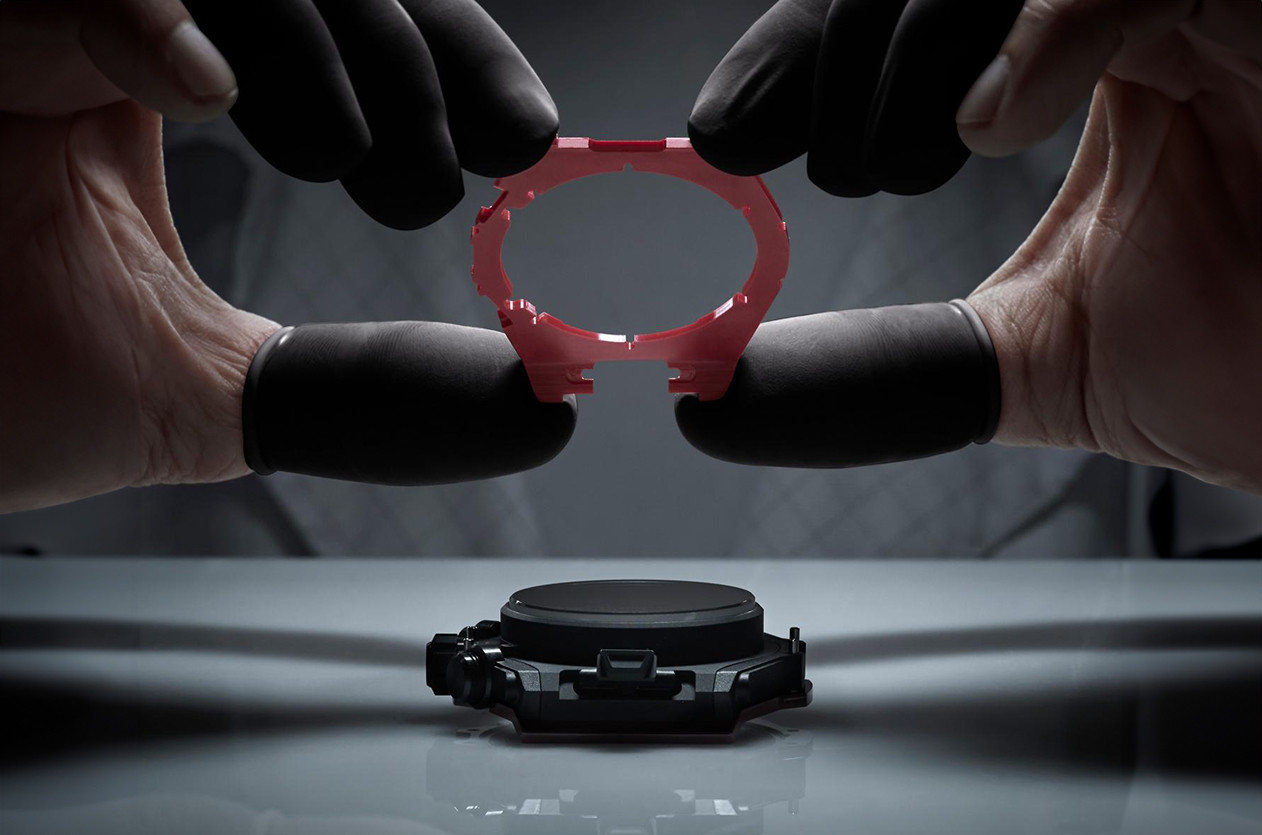
Editorial The Secrets of Watch Case Design

Editorial Abraham-Louis Breguet, The Father of Modern Horology
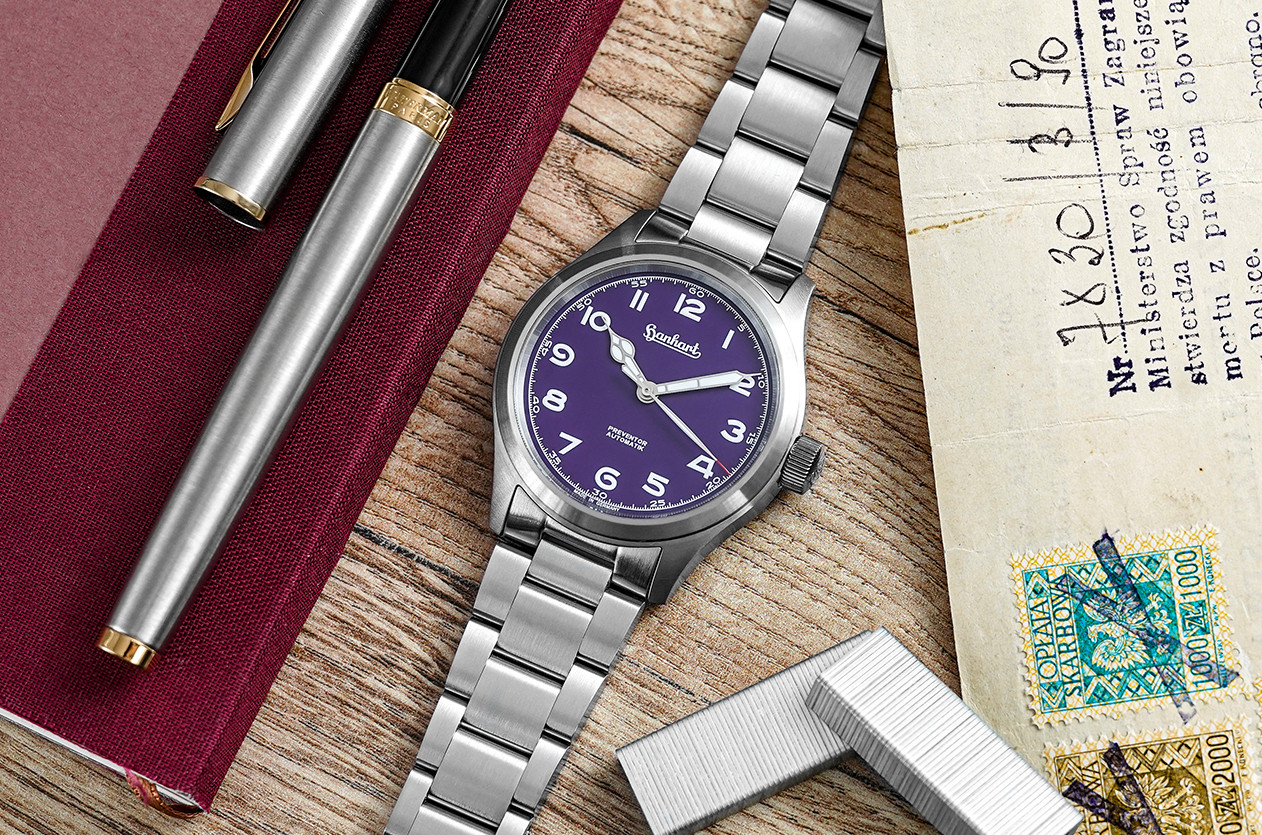
Introducing Hanhart Unveils the Limited Edition Preventor HD12 Silk Purple
Comment Delete Text
This page is available in English only. Please click below to visit Arabic Home page!